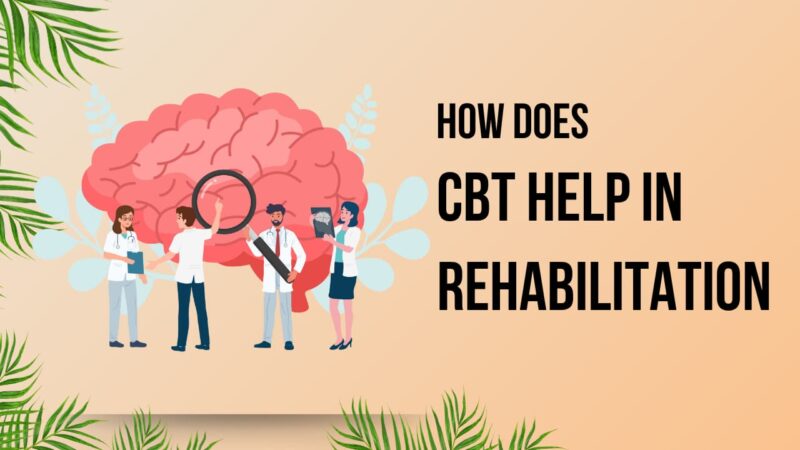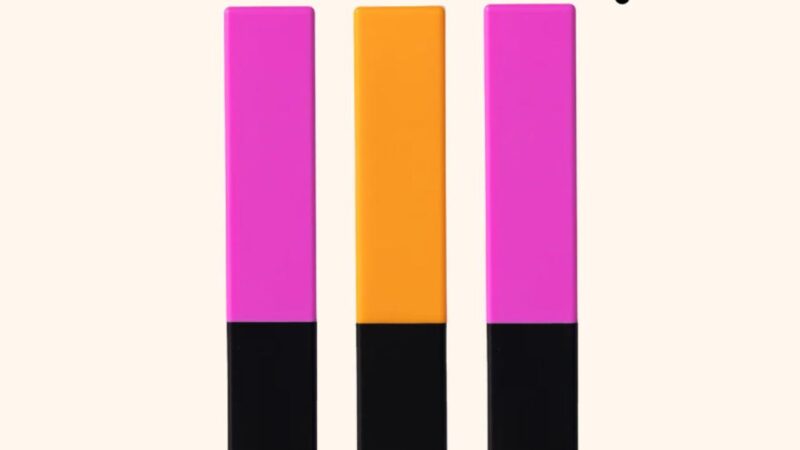Does Freckles and Blemishes Treatment Work on All Skin Types?

The desire for clear and even-toned skin is universal, transcending geographical, racial, and cultural boundaries. As beauty standards continue to evolve, people are increasingly seeking treatments that help them reduce or eliminate skin irregularities such as freckles and blemishes. This question is particularly relevant in diverse, cosmopolitan regions such as the Middle East, where people of different ethnic backgrounds reside. Freckles and Blemishes Treatment in Dubai has become a sought-after topic of discussion due to the city’s multicultural population and harsh environmental conditions, such as strong sun exposure, which can exacerbate pigmentation issues. As such, the effectiveness of treatments across various skin tones and textures is a critical concern for many.
Understanding Skin Types and Pigmentation
To understand how well Freckles and Blemishes Treatment works, we first need to consider the differences in skin types. Dermatologists typically use the Fitzpatrick Skin Type Scale, which classifies skin into six categories based on how it reacts to sun exposure:
- Type I: Very fair skin, always burns, never tans
- Type II: Fair skin, usually burns, tans minimally
- Type III: Medium skin, sometimes burns, gradually tans
- Type IV: Olive or light brown skin, rarely burns, tans easily
- Type V: Brown skin, very rarely burns, tans profusely
- Type VI: Dark brown or black skin, never burns, deeply pigmented
What Causes Freckles and Blemishes?
Freckles are small, concentrated areas of increased melanin production, typically triggered by sun exposure. They are more common in individuals with fair skin but can occur in all skin types. Blemishes, on the other hand, is a broader term that includes acne marks, hyperpigmentation, melasma, and age spots.
Types of Freckles and Blemishes Treatments
There are several approaches to treating freckles and blemishes, and each has varying levels of effectiveness depending on the skin type:
Chemical Peels
These involve applying a solution that exfoliates the top layers of skin, removing damaged skin cells and promoting new skin growth. Chemical peels range from superficial to deep:
- Glycolic Acid (best for lighter skin types)
- Lactic Acid (gentler, suitable for sensitive skin)
- TCA (Trichloroacetic Acid) (used for deeper blemishes)
Laser Therapy
Laser treatments like Q-switched lasers, fractional lasers, and IPL (Intense Pulsed Light) are often used for deeper pigmentation issues and freckles.
- Light-skinned individuals (Types I–III) tend to respond best to laser treatments with minimal side effects.
- For darker skin tones (Types V–VI), special settings and experienced practitioners are crucial. Lasers can trigger melanin overproduction if not used appropriately, leading to worse blemishes.
Microdermabrasion and Dermabrasion
These mechanical exfoliation methods can help resurface the skin. However, their effectiveness is more pronounced in lighter skin types, and darker skin must be treated more gently to avoid irritation or pigmentation problems.
Microneedling
Microneedling uses tiny needles to create micro-injuries that stimulate collagen production and help fade pigmentation over time. This method can be adapted for most skin types, but it must be done under expert supervision to prevent scarring or infection.
Do All Skin Types Respond Equally?
In short, no, not all skin types respond equally to freckles and blemishes treatments. The following outlines how different skin types generally respond:
Fair Skin (Types I–II)
- Advantages: Responds well to most treatments, including laser and peels.
- Risks: Higher chance of redness, sensitivity, and sunburn post-treatment.
- Outcome: Generally effective results with fewer pigmentation complications.
Medium Skin (Types III–IV)
- Advantages: Good response to a combination of treatments.
- Risks: Moderate risk of PIH if treatments are too aggressive.
- Outcome: Good outcomes with tailored, cautious treatment plans.
Darker Skin (Types V–VI)
- Advantages: Naturally resistant to sun damage and aging signs.
- Risks: High risk of hyperpigmentation and scarring from invasive treatments.
- Outcome: Effective results are possible, but require highly individualized treatment and specialized care.
Importance of Customized Treatment Plans
One-size-fits-all is not a valid approach in skincare. What works for a person with light, sensitive skin might backfire on someone with melanin-rich skin. Therefore, understanding the individual’s skin type, medical history, and lifestyle factors is essential for achieving the best outcome. Dermatologists usually conduct a thorough skin assessment before suggesting the appropriate course of action.
Environmental and Genetic Factors
People living in regions with high UV exposure, like the Middle East, are particularly susceptible to pigmentation issues regardless of their original skin type. Melanin-rich skin might tan or develop hyperpigmentation, while fair skin may develop freckles rapidly.
The Psychological Impact
Though freckles and blemishes are medically benign, they can have a significant psychological impact. Feeling self-conscious about visible marks can affect social interactions, job interviews, and personal relationships. Having access to treatments that work, regardless of skin type, can restore not just skin clarity but also self-confidence.
Conclusion:
The short answer is: No, there is no universal treatment that works equally well on all skin types. However, advancements in dermatology have made it possible to tailor treatments for individual needs and skin profiles. While fair-skinned individuals often experience quicker, more visible results, those with darker skin tones can also achieve excellent outcomes with the right approach and careful management. Treatments such as gentle peels, low-intensity lasers, and pigment-safe topicals are paving the way for more inclusive skincare solutions.



